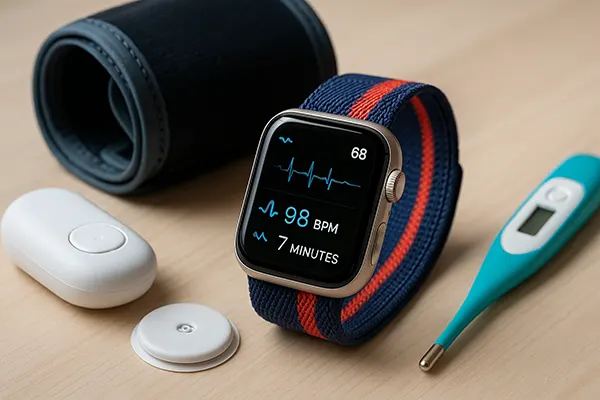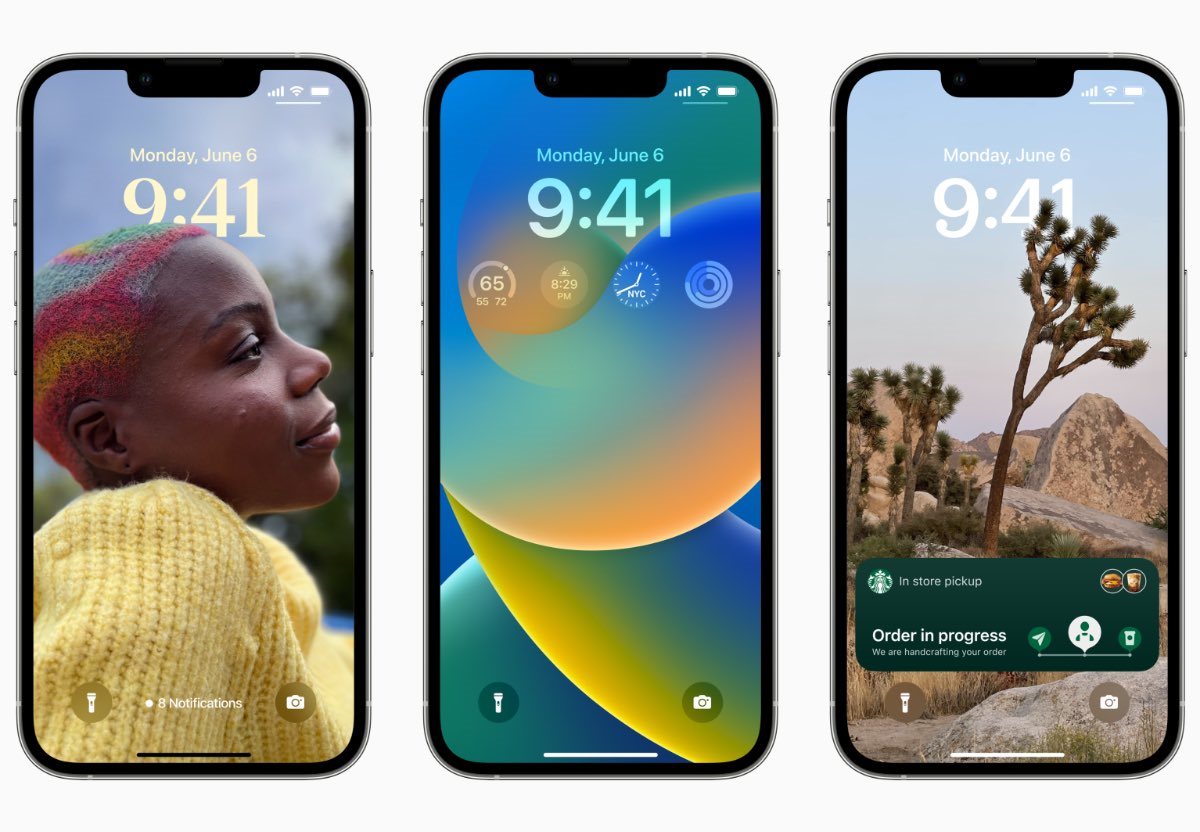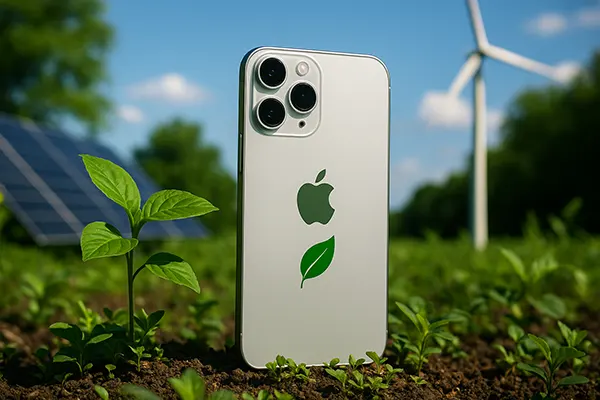
Health and Wellness Accessories: The Most Innovative Third-Party Solutions for Apple Watch
The Apple Watch remains one of the most advanced wearable devices on the market, especially in health and fitness monitoring. However, what truly extends its potential are the third-party accessories that help users improve their overall well-being, track precise biometrics, and enhance comfort during everyday use. In 2025, developers continue to innovate, offering products that turn this smartwatch into a comprehensive personal health assistant.
Essential Accessories for Health Tracking
Modern third-party manufacturers have introduced a wide range of tools designed to improve health monitoring. For instance, external sensors by companies like Qardio and Withings provide more accurate blood pressure and body composition measurements compared to built-in Apple sensors. These accessories connect seamlessly via Bluetooth and display real-time data within Apple Health.
Wearable patches such as those from Dexcom and Abbott allow continuous glucose monitoring, ideal for users with diabetes or those tracking metabolic health. These devices synchronise with Apple Watch to offer instant insights and alerts directly on the wrist, significantly improving self-management.
Additionally, smart scales and body analysis systems can now communicate directly with the Apple Watch, ensuring that data from various sources—such as weight, fat percentage, and hydration—are integrated into one ecosystem. This unified approach enables a deeper understanding of daily progress.
How These Accessories Improve Daily Life
The combination of Apple Watch and third-party accessories transforms health tracking from a passive activity into an active lifestyle management system. Continuous data monitoring helps users make timely decisions about nutrition, exercise, and rest. For example, combining a QardioArm blood pressure monitor with a smart scale allows a user to adjust their training intensity based on blood circulation patterns.
These tools also support preventive healthcare. Early identification of irregularities such as abnormal heart rate or glucose spikes can encourage timely consultation with medical professionals. The Apple Watch serves as the central hub, collecting and visualising data for easy interpretation.
Moreover, the integration of AI-based analysis tools ensures that all measurements are contextualised, not just displayed. This provides users with recommendations rather than raw data, helping them achieve balance and long-term wellness.
Comfort and Protection Accessories for Everyday Use
Comfort plays a significant role in maintaining consistent usage of the Apple Watch. In 2025, several companies, such as Nomad and Belkin, focus on creating ergonomic straps made from hypoallergenic materials, ensuring both style and skin comfort during long-term wear.
Protective cases have evolved to include antibacterial coatings, preventing microbial growth without compromising design. They are particularly useful for athletes and healthcare professionals who wear their watches in active or clinical environments.
Charging solutions have also become more health-conscious. Brands like Satechi and Anker produce magnetic chargers with low electromagnetic interference and eco-friendly materials. These innovations demonstrate how even small details can impact overall well-being.
Balancing Functionality and Aesthetics
While Apple emphasises minimalism and precision, third-party manufacturers often add individuality. Leather straps, titanium frames, and recycled silicone bands combine function and style, allowing users to personalise their watches while preserving comfort and hygiene.
Some accessories include sweat-wicking materials that prevent irritation during workouts. Others feature adjustable magnetic clasps for those with sensitive skin, ensuring secure but gentle contact. Such details turn the Apple Watch into a wearable extension of personal lifestyle.
Developers also focus on sustainability, using renewable materials and eco-friendly production. The growing trend toward green technology means that health-oriented accessories now care for both the user and the environment.

Advanced Innovations for Mental and Physical Well-Being
In 2025, mental wellness is as vital as physical health. Third-party developers have launched accessories such as brainwave headbands compatible with Apple Watch, which track relaxation and focus levels through EEG sensors. Products like Muse S (2025 edition) synchronise with the watch to guide breathing and meditation sessions.
Sleep improvement tools have also advanced. Smart pillows and temperature-regulating sleep bands can adjust the environment automatically, based on data from Apple Health, to improve rest quality and reduce insomnia risks.
Additionally, posture-correcting devices such as Upright Go integrate with the Apple Watch to provide haptic feedback when slouching. This combination helps users maintain spinal health while working or exercising, directly supporting long-term wellness goals.
The Future of Health Technology in the Apple Ecosystem
The evolution of the Apple Watch ecosystem shows that wellness technology is moving toward integration and prevention rather than simple monitoring. By combining AI analytics, advanced sensors, and eco-conscious materials, these accessories provide an increasingly holistic health experience.
Apple’s open software environment encourages collaboration with independent innovators, creating a competitive market where reliability and precision matter most. This collaboration ensures that each accessory complements the watch’s existing capabilities rather than duplicating them.
In the near future, we can expect even deeper synchronisation with medical-grade equipment, enabling real-time diagnostics and personalised treatment plans. Apple Watch and its ecosystem of third-party health accessories are shaping the future of digital well-being.
Related articles
-
 Health and Wellness Accessories: The ...
Health and Wellness Accessories: The ...The Apple Watch remains one of the most advanced wearable …
-
 Updates in iOS 16
Updates in iOS 16Apple products today are incredibly popular, and many people prefer …
-
 Apple’s Environmental Initiatives in ...
Apple’s Environmental Initiatives in ...In 2025, Apple stands as one of the leading technology …
